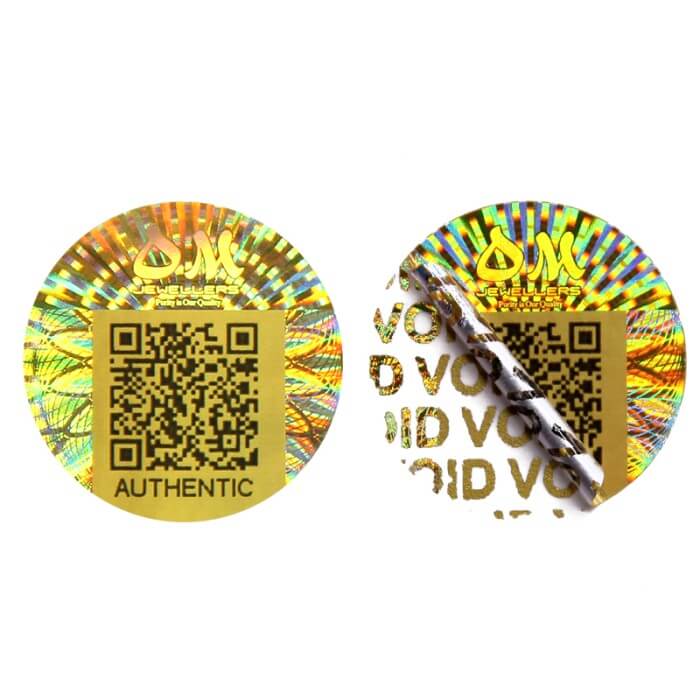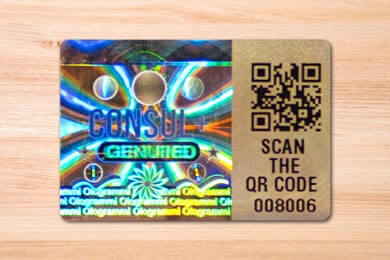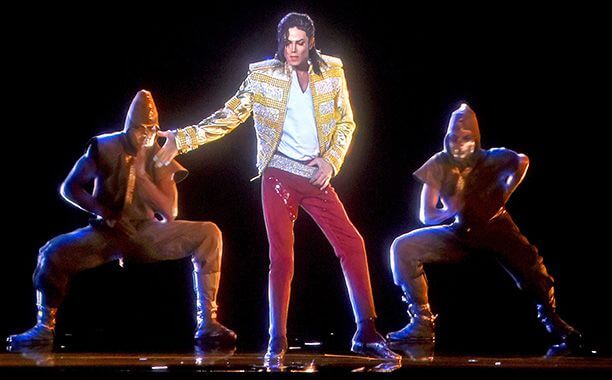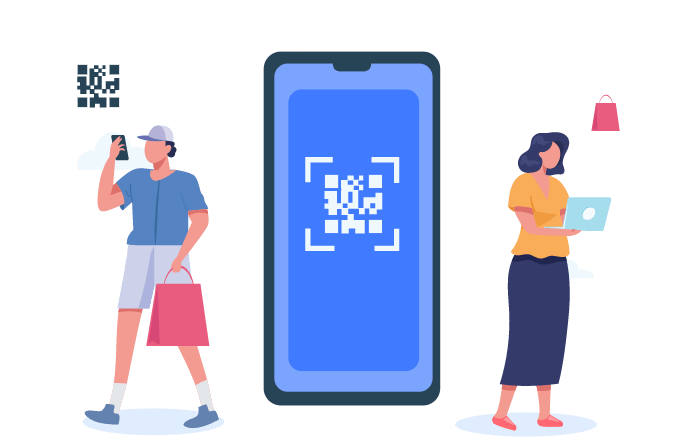In recent years, QR codes have become a vital part of our daily lives, providing an easy way to share information, make payments, and authenticate products. However, with the rise of counterfeiting and the demand for enhanced visual appeal, a more advanced form of QR code has emerged—the holographic QR code. This innovative technology combines traditional QR codes with holographic imaging, creating a visually stunning and highly secure way to store and transmit information.
But what exactly is a holographic QR code, and how does it differ from the QR codes we use every day? Let's dive into the concept, creation process, and modern applications of this cutting-edge technology.
Part 1. What is a Holographic QR Code?
A holographic QR code integrates holographic technology with the standard QR code format to create a three-dimensional effect. When viewed from different angles, the holographic surface reflects light to display a shifting, dynamic image, which makes it highly resistant to duplication. In essence, a holographic QR code combines the machine-readable functionality of a QR code with the anti-counterfeit benefits of holography.

The key advantage of a holographic QR code is its dual functionality—not only does it store and provide access to information when scanned, but it also serves as a tamper-proof security feature. This makes it ideal for industries like luxury goods, pharmaceuticals, and financial institutions where security and authentication are critical.
Part 2. How is QR Code Hologram created?
The creation of a QR code hologram involves several key steps, combining the processes of traditional QR code generation with advanced holographic imaging technology. Here's a simplified breakdown of how a holographic QR code is made:
1. QR Code Generation
The first step in creating a holographic QR code is generating a standard QR code. This can be done using an online QR code generator. The QR code stores the information the user wants to encode, such as a URL, product details, or personal information.
We're excited to recommend a professional QR code generator—iMyFone QRShow. Compared to other similar products, QRShow offers richer customization options and a more intuitive user experience. With just a few simple steps, you can seamlessly convert various files, links, and more into QR codes, meeting multiple needs with ease.
- Generate QR codes for your images, portfolios, Google photos, etc.
- Help you bulk QR codes more easily. Allow for better organization and management of various tasks or events.
- Customize your QR code with images, logos, frames, etc.
- Batch create QR codes , edit QR codes without creating a new one.
2. Holographic Image Design
Next, a holographic image is created to be overlaid onto the QR code. This image could be anything from a company logo to a security pattern that enhances the visual appeal and security of the code. The design of this image is crucial, as it must allow the QR code to remain scannable while providing the desired holographic effect.
3. Holographic Interference Exposure
The holographic image is then created using laser interference exposure, where a laser beam records the 3D image onto a specialized material. This process requires precise optical setups to ensure that the holographic effect will be visible from multiple angles, but not interfere with the QR code's readability.
4. Combining QR Code with Holographic Layer
Once the QR code and holographic image are designed, they are layered together using specialized holographic printing technology. This involves embedding the QR code within the holographic material while ensuring the code remains readable by scanners.
5. Printing and Production
The final product is printed on special holographic material or holographic foils, which reflect light to create the 3D effect. Quality control checks are done to ensure that the QR code remains fully functional while exhibiting the holographic properties.
Part 3. Why Use Holographic QR Codes?
There are several key reasons why holographic QR codes are gaining traction across different industries. These advantages make them highly effective in areas where security and visual appeal are crucial.

1. Enhanced Security and Anti-Counterfeiting
One of the primary benefits of holographic QR codes is their resistance to counterfeiting. Because holograms are difficult and costly to replicate, this type of QR code offers an additional layer of security compared to traditional QR codes. For industries where authenticity is critical, such as luxury goods, pharmaceuticals, and electronics, holographic QR codes can ensure that consumers are receiving legitimate products.
2. Brand Protection and Authentication
Holographic QR codes can serve as a brand protection tool by preventing unauthorized replication of products. For example, luxury brands can embed holographic QR codes on their packaging, allowing consumers to verify the authenticity of the product before purchase. By scanning the code, customers can access detailed product information and verify that it was produced by the brand.
3. Visual Appeal for Marketing
In addition to security, holographic QR codes offer a visually striking element to product packaging, marketing materials, and more. The three-dimensional effect created by the holographic surface adds a futuristic, high-tech appearance, which can enhance a brand's image and attract customer attention. For businesses looking to stand out, holographic QR codes provide a unique and engaging way to capture interest.
4. Product Tracking and Traceability
Holographic QR codes are also increasingly used in supply chain management and product tracking. By embedding holographic QR codes on products, manufacturers can ensure that the items can be tracked through every stage of the supply chain, from production to the end consumer. This helps prevent counterfeit goods from entering the market and ensures full transparency in the product's journey.
Part 4. Latest Hologram Technology
Holographic technology, which creates 3D images based on the principles of light interference and diffraction, is now widely applied across various fields.
Security and Anti-Counterfeiting: Holograms are commonly used in security labels, such as on banknotes, passports, and credit cards, to enhance security. These holographic labels create unique optical effects that make counterfeiting more challenging and strengthen information security. For example, Euro banknotes feature holographic security stripsthat reveal rainbow effects and pattern shifts at different angles, making them difficult to replicate. Similarly, Australia has integrated holographic security designs into its new passports to improve security.
Healthcare: The Mayo Clinic in the United Statesuses holographic imaging to help doctors operate with greater precision. By displaying a 3D hologram of the patient’s organs in the operating room, doctors can better understand complex structures before surgery. This technology is particularly useful in heart surgeries, allowing doctors to assess intricate vascular structures before performing procedures.

Entertainment and Virtual Concerts: The late music legend Michael Jackson was brought to life posthumously through holographic projection at the 2014 Billboard Music Awards. This technology allowed him to "perform" his classic hits, creating an awe-inspiring experience for the audience. Holography is also used in concerts and museums to showcase performances or bring historical figures to life.
Industrial Design and Remote Collaboration: In product design and manufacturing, holography aids designers and engineers in visualizing prototypes and optimizing designs through 3D projections and remote collaboration. For instance, Bentley Motors in the UK leverages holographic technology to allow engineers to examine intricate details of car parts, reducing the need for physical prototypes. This approach improves design efficiency and enables global teams to collaborate seamlessly on the same project.
Part 5. The Future of Holographic QR Codes
With the rapid development of digital security and the increasing sophistication of counterfeiters, the need for more advanced QR code technologies will continue to grow. Holographic QR codes represent a promising solution, offering a blend of functionality, security, and visual appeal that traditional QR codes cannot provide.
In the future, we can expect to see wider adoption of holographic QR codes in industries that prioritize security and authentication, as well as more creative uses in marketing and branding. As holographic printing technologies become more accessible, these innovative codes may become a standard tool for companies looking to protect their products and enhance customer experiences.
Conclusion
Holographic displays mark a transformative leap in visual technology, poised to impact many aspects of life—from holographic QR Code and healthcare to entertainment and communication—by delivering immersive, science-fiction-like experiences. Driven by advances in optics, computing, and AI, holography is becoming increasingly accessible and affordable.
However, as we push technological boundaries, ethical and sustainable development is essential. Holographic displays promise to deepen our interaction with digital content and foster meaningful connections in a complex world, bringing holography into everyday life and enriching both personal and professional experiences.









Rated Successfully!
You have already rated this article!